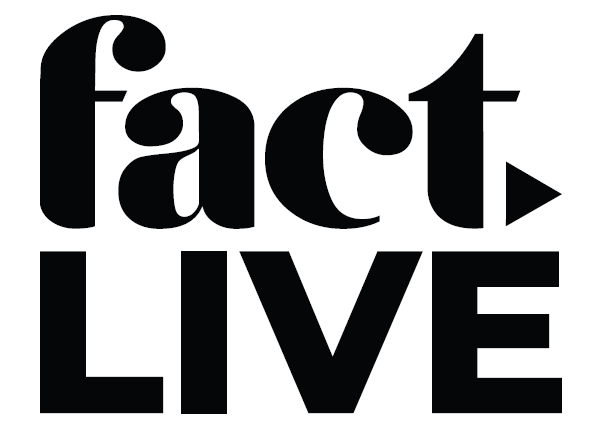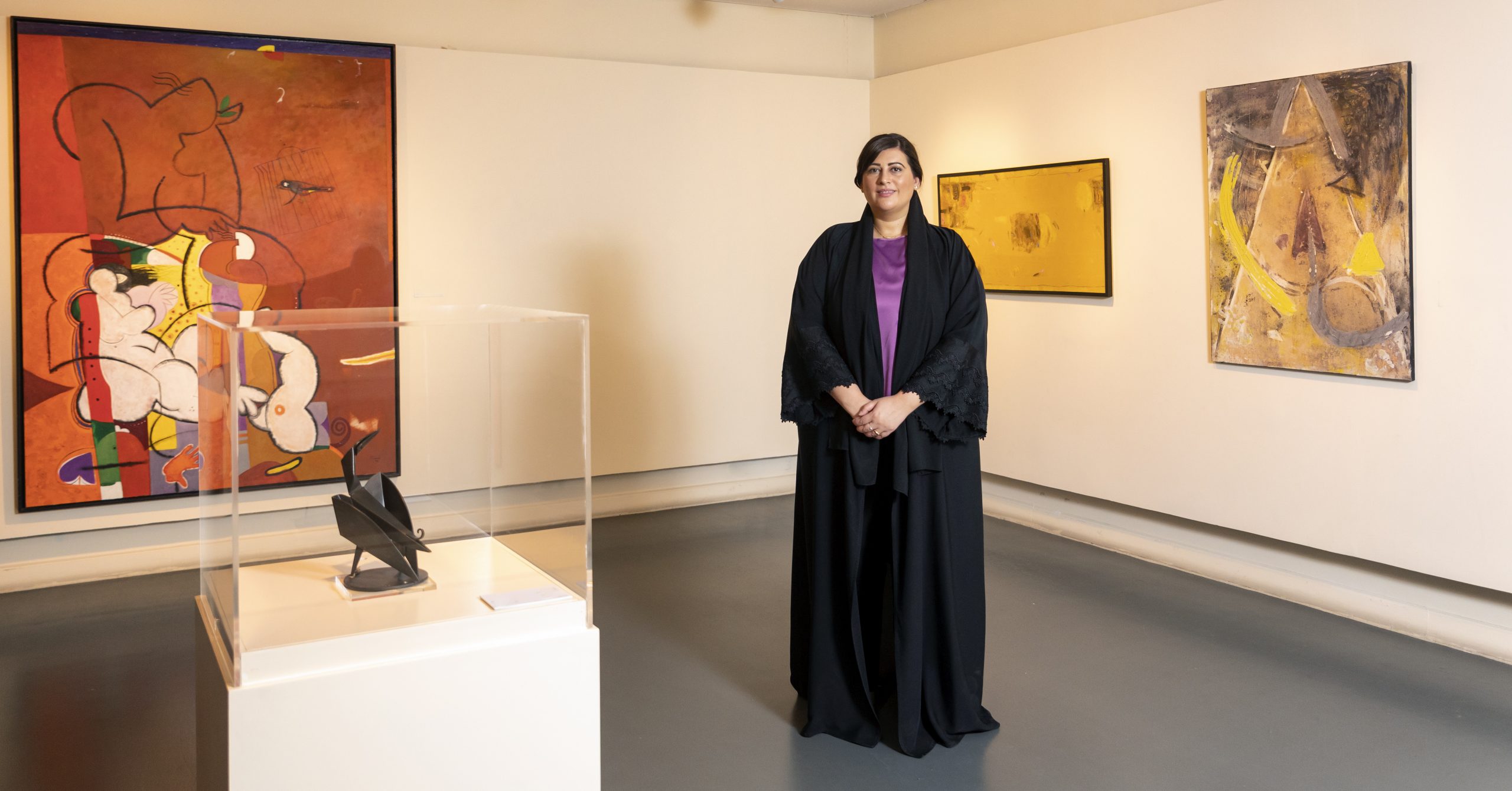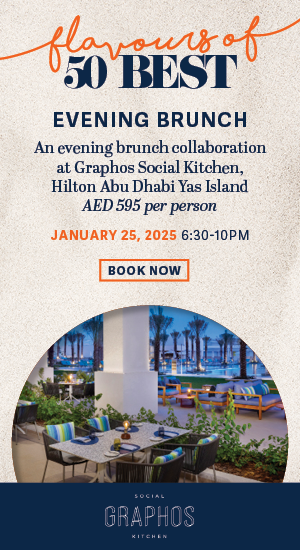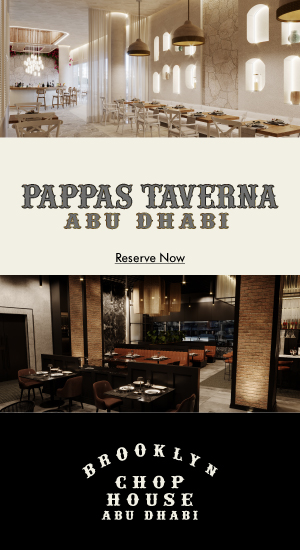FACT chats to H.E. Manal Ataya, Director-General, Sharjah Museums Authority about the impact of COVID-19 on the Sharjah Museums.
Have you always had an interest in arts and culture, and how did your role with Sharjah Museum Authority come to fruition?
I loved drawing and art classes since I was a little child, but it was a visit to the Natural History Museum in London when I was nine years of age that my interest in museums began.
It continued into my college years, as I majored in Art, particularly painting, and took numerous art history classes in college and later in graduate school. I would continue to visit museums around the world, and my fascination and love grew with every step into a museum space that filled me with wonder, excitement and anticipation for what I may see and learn next.
After graduation, I returned home to the UAE. I joined the newly established Sharjah Museums Authority in 2005 as Deputy Director, before assuming the role of the Director-General of SMA in 2008. I am immensely grateful to H.H. for giving me this opportunity at such a young age and acting as my mentor over these past 15 years, where I have gained invaluable experience and knowledge.

As Director-General of Sharjah Museum Authority, please could you tell us a little bit about your role and exactly what it entails?
As the Director-General of Sharjah Museums Authority, I am responsible for the overall management of our centralised departments that range from Finance to Collections Care, and I lead in implementing H.H. directives for major museum refurbishments and new plans to build future museums.
My job entails ensuring that our museums are following best practices and that we develop all the policies and procedures needed to be on par with world-class museums.
I also focus on building new partnerships with international museums, local and regional universities and cultural organisations that share the same values of lifelong learning. We pursue partners to collaborate in areas of research, professional training and curating new exhibitions. SMA has built up extensive collaborative networks with museums, and cultural organisations in the Middle East, Europe, America and Asia, and our standing is well recognised and established within that context.
A personal passion of mine is community outreach. For that, SMA launched the ‘Because We Care’ initiative many years ago in line with our commitment to raise social awareness of and promote responsibility for various social groups. The initiative aims to position museums as vehicles for social change, and it includes several community-focused activities of various types, such as weekly family and child-oriented workshops, covering educational and awareness aspects on the environment, health, among others.
As an arts education advocate, I have focused considerable time on developing our education department and its tailored programs for accessibility. I am so proud of my highly skilled team that has created a thriving calendar of programs for schools, families, university students, children with Autism, the hearing impaired etc.

Your job involves overseeing 16 museums in the Emirate of Sharjah. Could you please tell us a little bit about them and if you have a particular favourite?
The key role of our museums is to provide learning opportunities to our public through our most diverse collections serve our community the best way possible.
We aim to encourage all our visitors but particularly Emirati children, families and residents to learn and be proud of UAE heritage, the Islamic faith and history of the Gulf region in particular.
We have five historic house museums with the Al Hisn Fort and Bait Al Naboodah especially crucial in this respect. The Sharjah Archaeology Museum tells the story of the remarkable discoveries made in Sharjah that predate the Islamic history of the country and its connections with the broader world of the Gulf and the subcontinent allowing us to trace the history of peoples living here 125,000 years ago. The Sharjah Museum of Islamic civilisation also brings together all the community to learn and be proud of Islamic achievements and contributions to the world.
In the Sharjah Art and Sharjah Calligraphy Museums, we want our visitors to appreciate artists from the Arab region and all forms of art and creativity by international artists, which we showcase in exhibitions annually. On the other hand, the Science Museum and the Discovery Centre are aimed mainly at schools and families – we have a very active education program which runs a series of family weekends, summer camps and school workshops with the aim of making museums an integral part of school curricula.

For guests that have never visited any of the Sharjah Museums, where should they start and what can they expect to see?
The unique experience about Sharjah’s museums is that there’s something for everyone and they are all family-friendly.
Our museums and collections cover everything from Aviation to Archaeology and everything in between.
In addition to our remarkable collections, SMA’s museums regularly host lectures and workshops that despite Covid-19 restrictions, are available online as museums must continue to engage their communities and provide learning opportunities. I do want to stress however that I firmly believe in the museum experience being one that is very special when it occurs physically in the space and is shared with other people, and virtual exhibitions or programs will never replace that unique experience. However, it’s important to know that this exceptional situation did highlight where museums and cultural institutions had a weak online presence and pushed them to improve it to compliment the physical experience when museums reopen in the future.

How did the COVID-19 pandemic affect the museums and have you seen an increase in visitors now that the museums have reopened, especially considering people have been unable to travel this year?
Having our museums closed for about three months between March and June to prevent a spread of the disease, has had a significant impact on our day-to-day operations. Still, we took the time to rethink our digital strategy and carefully plan and launch several virtual exhibitions, including Ethiopian photographer Aida Muluneh’s ‘Homebound: A Journey in Photography’, Barjeel Foundation’s ‘A Century in Flux – Chapter II’ and curating 100 objects from our Islamic collection on the Museum with No Frontiers website.
After gradually reopening our museums in June and July, we noticed a healthy and steady influx of visitors coming from all over the UAE because Covid-19 travel restrictions have effectively nudged people to explore what was already there in their own backyards, so to speak, and realising the wealth of free cultural experiences we have in the UAE for everyone to enjoy.

With all eyes on safety measures and social distancing in light of the COVID-19 pandemic, can you talk us through the logistics of visiting the museums right now?
Ever since the onset of the pandemic, we have closely followed the Sharjah government’s guidelines and that of the UAE Ministry of Health. This has meant that we shut down for three months during which all facilities were sanitised regularly and staff worked remotely.
Ahead of reopening, we have put in place strict guidelines to ensure the safety of our visitors and staff, including wearing personal protective equipment, social distancing, and taking the temperature of both our staff and visitors. We have also temporarily stopped school visits to our museums as a precautionary measure.

What can we expect from the upcoming winter season? Are there any particular events or exhibitions we should look out for?
At the moment, we are focused on improving our digital footprint, including a monthly lineup of online lectures and workshops to keep our audience engaged.
In addition to our ongoing exhibitions, workshops and online lectures, SMA will announce a new line up of programs and exhibitions for next year.

Your role also involves the strategic development of future museum projects, is there anything exciting coming up that you can tell us about.
I can confirm we have three major new projects underway in different phases of design and planning over the next five years. They are confidential at this time, but I can confirm they will be a welcomed addition to what we currently offer in Sharjah and without a doubt, they will be incredibly successful.

Where are your favourite places to visit in Sharjah and why?
Sharjah is so special to me. I have worked there for a long time, enough to see major developments and the growth in every sector, which is remarkable. My favourite time of the year is during the Sharjah Biennial, as I am an ardent fan of contemporary art and as a bibliophile, the Sharjah Book Fair is another. Places I love to visit include, KhorFakkan for its beautiful natural landscape, Sharjah Aquarium for its calming effect when stressed, Ratio’s Coffee for the energy fix, and finally Sharjah Art Foundation neighbourhood for the great art shows and their adorable cats.
GO: Visit www.sharjahmuseums.ae for more information.













